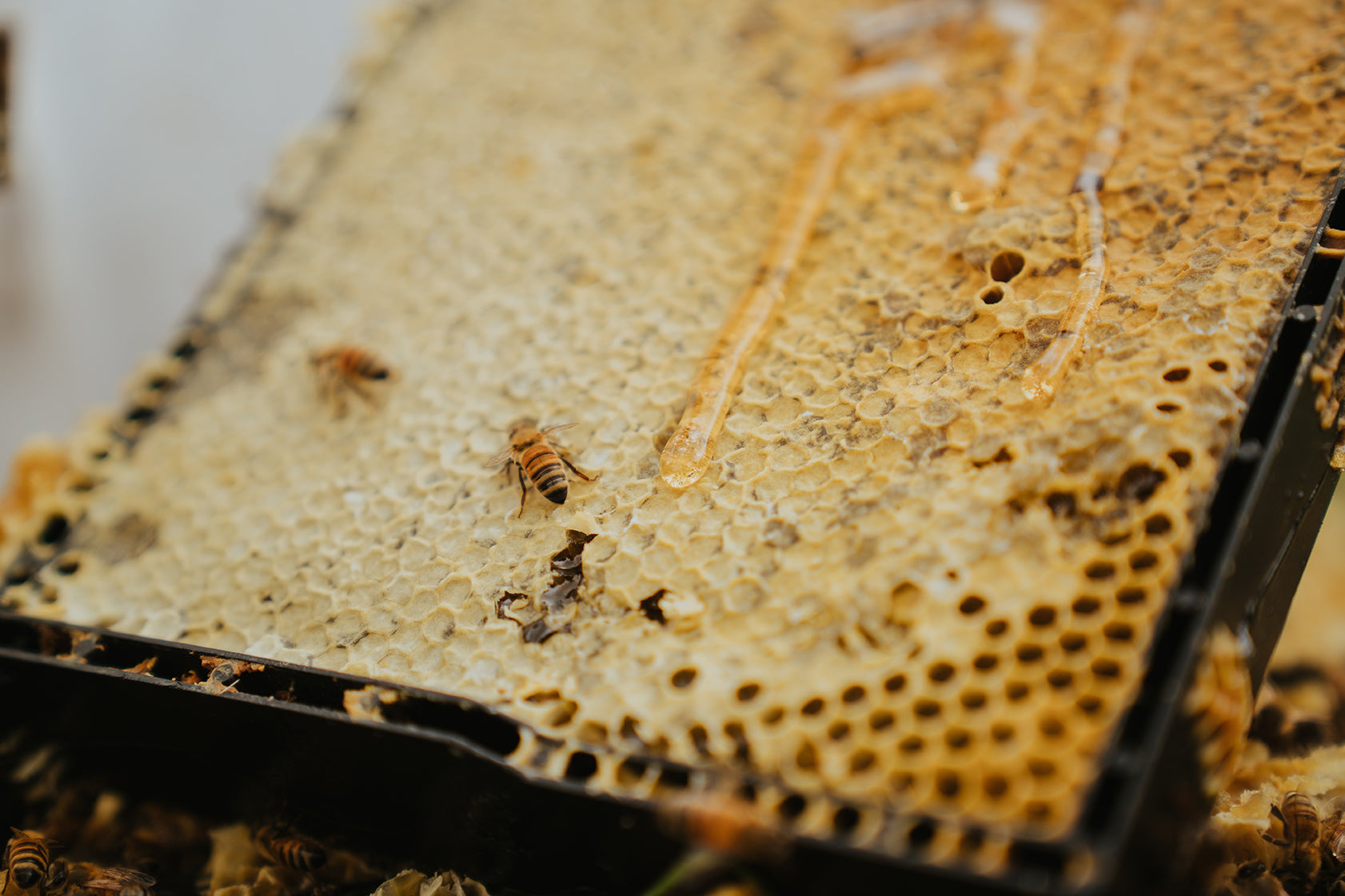As a dog owner, it’s important to know how to properly care for your pet’s wounds to ensure proper healing and prevent infections. Here are some general guidelines for effective wound care:
1. Assess the Wound:
- Minor cuts and scrapes: These can often be treated at home but still need proper cleaning and monitoring.
- Major wounds: If the wound is large, deep, contaminated, or doesn’t stop bleeding after a few minutes of pressure, seek immediate veterinary care.
- Signs of infection: If you notice swelling, pus, or an unpleasant odor, contact your vet.
2. Control Bleeding:
- For small cuts, apply gentle pressure with a clean cloth until the bleeding stops. For larger wounds, a clean bandage may be needed.
- If the bleeding doesn’t stop within 10-15 minutes, seek immediate veterinary attention.
3. Clean the Wound:
- Use a mild antiseptic solution like saline or a pet-safe wound cleanser to gently rinse the area. Avoid using hydrogen peroxide or alcohol as these can damage healthy tissue and delay healing.
- Be gentle and try not to cause your dog any pain. If your dog is uncomfortable, use a muzzle or ask someone to help hold them still.
4. Treat the Wound:
- Many wounds can be treated effectively with a topical antimicrobial product. Make sure you use a product that is proven and endorsed by veterinarians to ensure it is safe and effective. Some natural products, such as medical grade Mānuka honey, are a safe, non-antibiotic solution that will yield extremely good results.
- Larger, and more complicated wounds, which may require specialist treatment such as stitching or debriding, should be referred to your veterinarian.
5. Apply a Bandage:
- If advised by your vet, use a sterile bandage to cover the wound. Make sure it’s snug but not tight, to prevent restricted blood flow.
- Change the bandage regularly, especially if it becomes wet or dirty.
- Always check the wound for signs of infection, such as redness, swelling, or discharge.
6. Prevent Licking or Chewing:
- Dogs may try to lick or chew their wounds, which can introduce bacteria and cause infections. Look for products that have a bitter taste to help deter licking. You may need to use an Elizabethan collar (cone) or a recovery suit to prevent your dog from accessing the wound.
7. Monitor the Wound:
- Keep an eye on the wound’s healing progress. If it doesn’t improve after a few days, seems to worsen, or shows signs of infection, contact your vet.
- Watch for changes in your dog’s behavior, such as excessive licking, pain, or limping.
8. Veterinary Care:
- Always consult your veterinarian if you’re unsure about how to treat the wound or if it’s not healing properly.
- For deep or serious wounds, your dog may need stitches or other professional care, and sometimes a course of antibiotics to prevent infection.
Wound care is essential to your dog’s health and comfort. By following these steps and working closely with your veterinarian, you can ensure that your dog heals quickly and safely.


